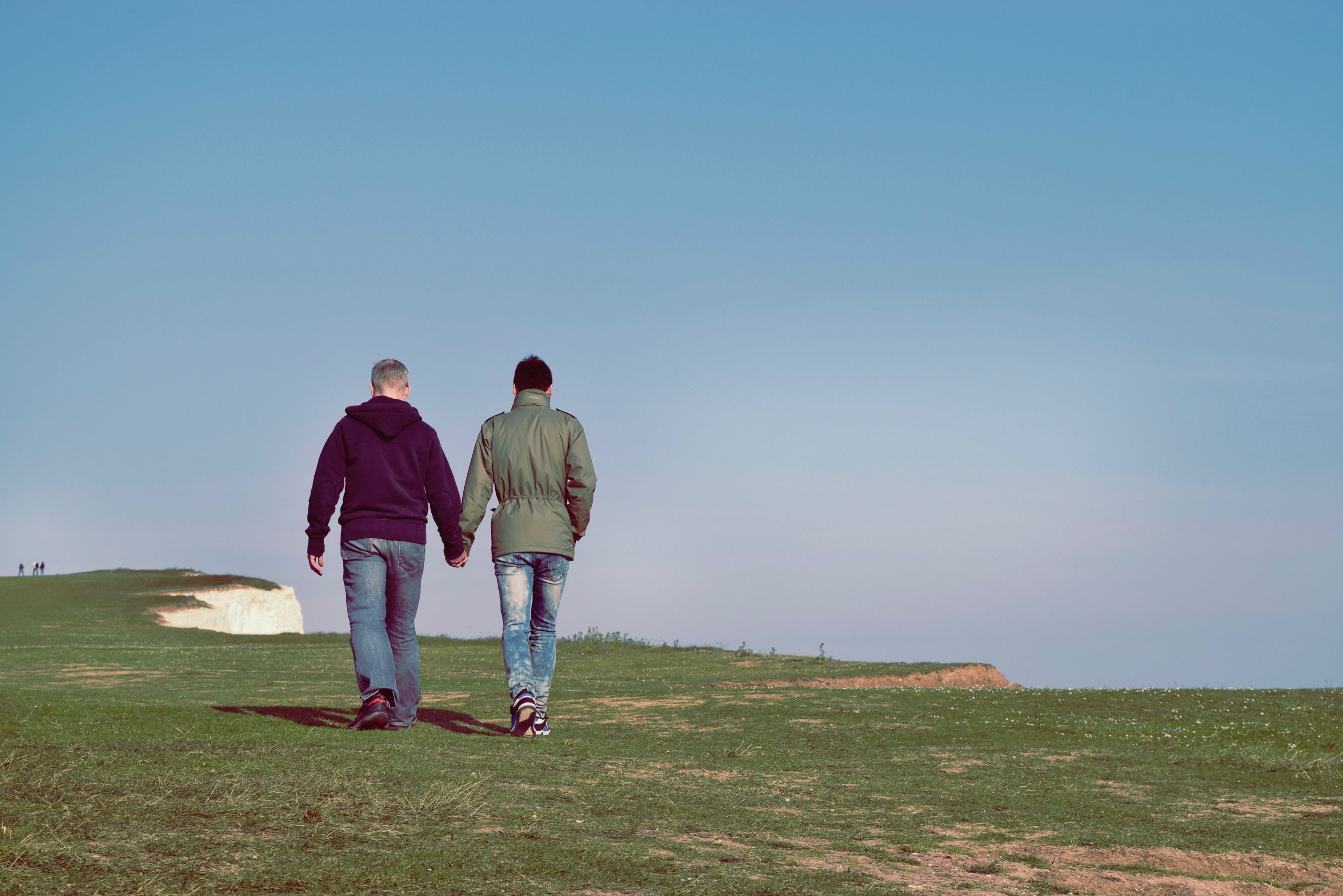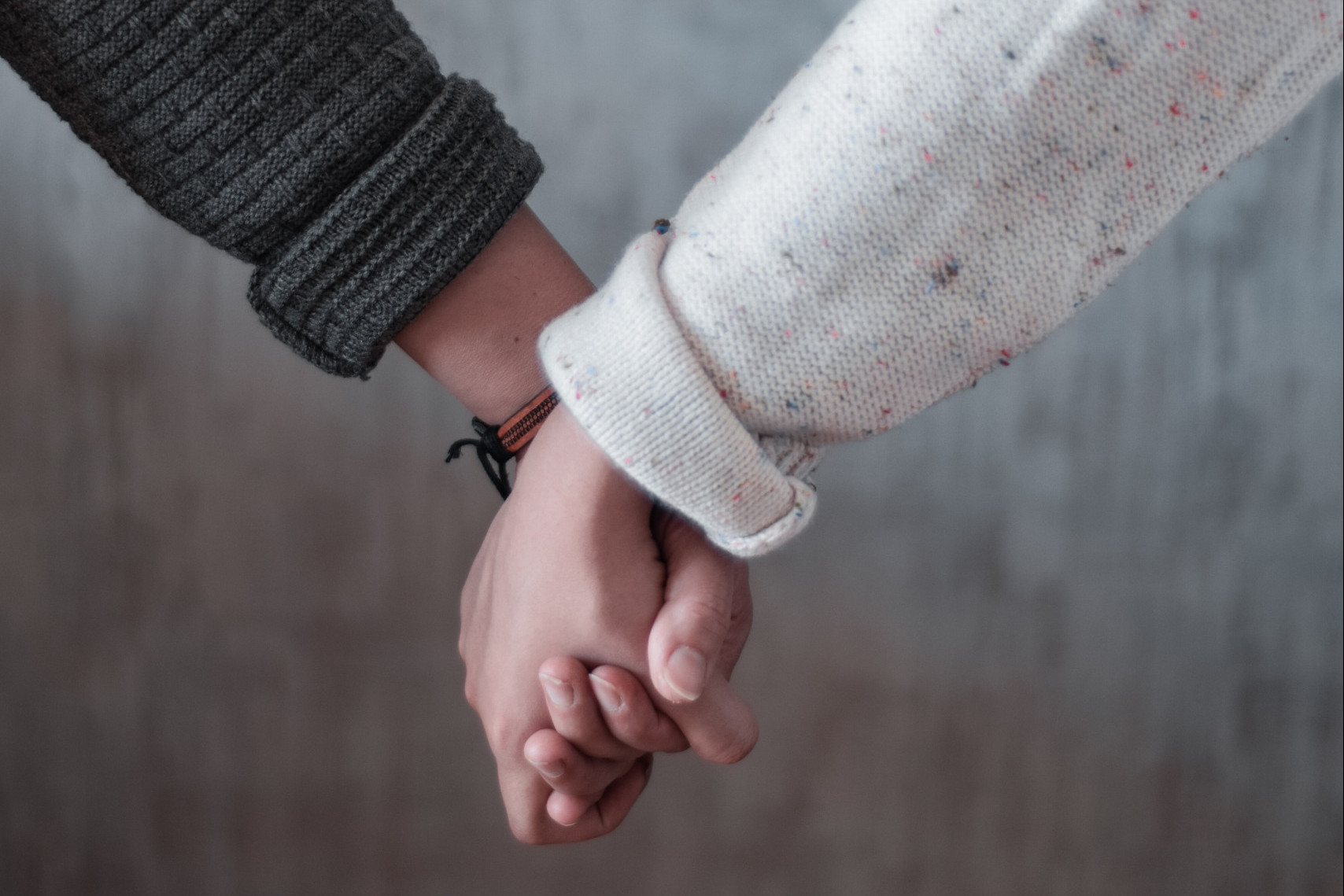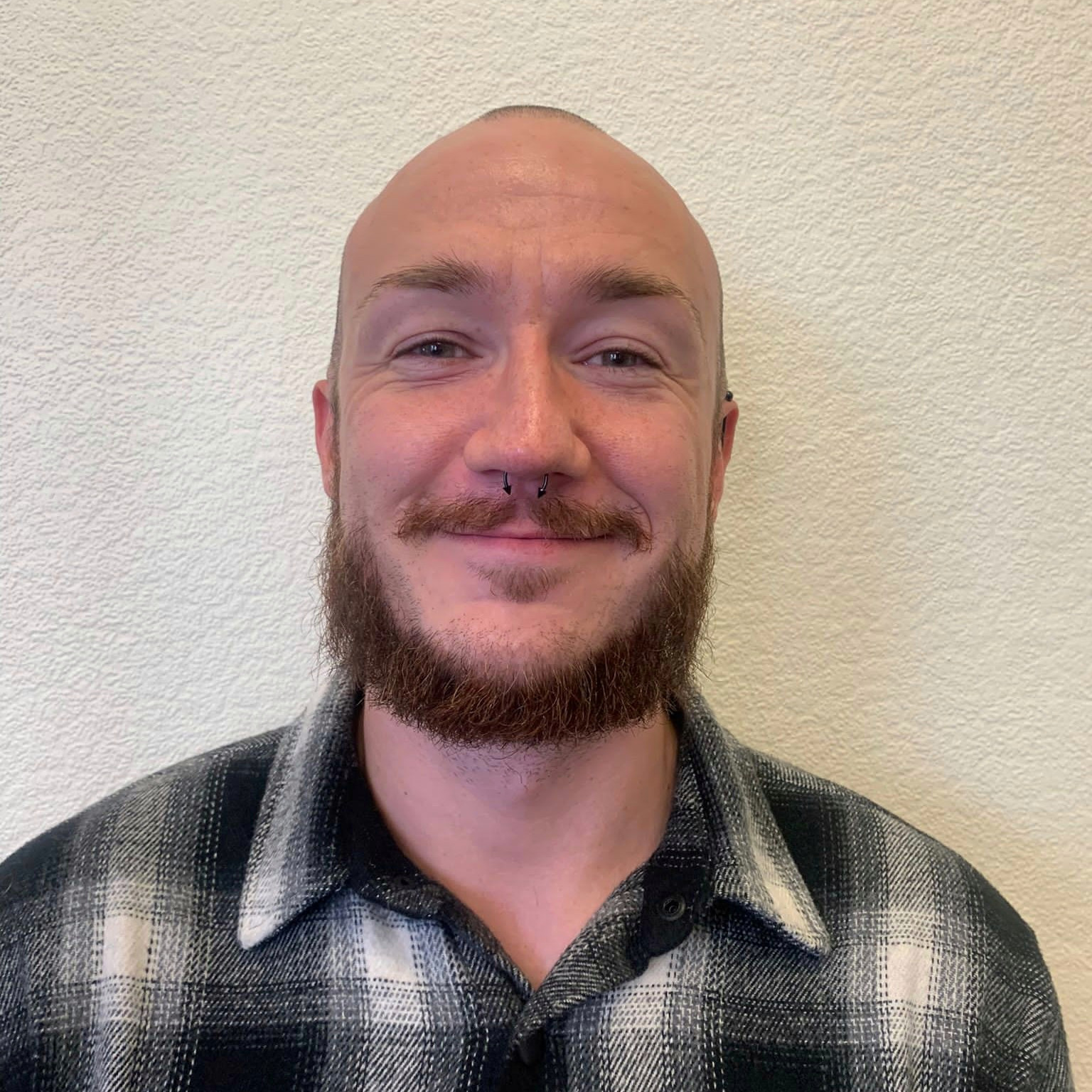Masculinity… a help or hindrance towards eating disorders for the LGBTQ+ community? An informed opinion.
It’s quite commonly understood these days that the LGBTQ+ community has an increased susceptibility towards mental health conditions due to the specific, stressful and/or traumatic experiences they endure throughout their lives, such as bullying, homophobic comments and behaviours, abandonment/neglect, parental rejection, etc.
Eating disorders is another to add to the list of both stressors and mental health conditions, with LGBTQ+ individuals more likely to have an eating disorder than their “straight” counterparts (1). Stonewall UK looked to demonstrate the breadth of this issue following a study in 2017 (2):
- 1 in 8 LGBT people (12%) have said they experienced an eating disorder in the last year.
- 1 in 4 non-binary people (24%) have experienced this in the last year compared to 13% of LGBT women and 9% of GBT men.
- More than 1 in 5 Black, Asian and minority ethnic people (22%) and 1 in 5 trans people (19%) have experienced an eating disorder in the last year.
Statistics are helpful to capture an idea of how widespread this issue is (remember, not all people seek support! In fact, LGBTQ+ individuals are less likely to do so (2)), but seeing individuals as numbers can be damaging as we miss the humanity of those who are in need of support.
Whereas we can debate all day on the varying factors that could be underlying an LGBTQ+ person’s disordered eating beliefs and behaviours, instead let us draw attention to an area that is known but often missed in terms of its impact on the person’s view of themselves, and others, in a world not designed for them. Let us look at Hegemonic Masculinity.

Hegemonic Masculinity
Now, research and papers like to give “fancy” and difficult names to prove their smarts, but let us keep this simple. Plainly put, hegemonic is a word that means “dominant”. It refers to, in this instance, the act of using masculinity to uphold a society and way of living that benefits the straight man! It is the Carolina Reaper of peppers in terms of scaling masculinity (for those who don’t know, that’s a very VERY spicy pepper!).
Those who seek to aspire to this form of masculinity would embody all that it is to remain a dominant class, such as being “economically successful, racially superior, and visibly heterosexual” (3, p.3). It has aptly been described below:
“Being (to at least some extent) assertive and aggressive, courageous, almost invulnerable to threats and problems, and stoic in the face of adversity. It is thereby viewed as associated with behaviours that display courage and strength and that include refusal to acknowledge weakness or to be overcome by adverse events, while discouraging other behaviours such as the expression of emotions or the need to seek the help of others” (4)
I expect right now you might wonder how hegemonic masculinity and the LGBTQ+ community mix? Well let’s look at this from a survival point of view, or the more commonly known “threat responses”.
The 5 F’s of responding to threat
Our bodies are fantastic, complex organic mechanisms that have evolved to ensure one primary goal: survival. When endangered, our bodies can instinctively react to ensure our safety. The forms of response they can take have been understandably called “threat responses”. Though research continues on the varying ways we respond to threat, there is general agreement of the existence of at least 5, which have been captured using the fabulously quirky literary device of alliteration (5)(6)(7):
- Fight
- Flight
- Freeze
- Friend/Fawn
- Flop
Now, I won’t go into details of each of these as there are many authors who can more expertly illustrate their functions. Instead, let us focus specifically on “Fight” and “Friend/Fawn” in line with the LGBTQ+ community and masculinity.
“Fight”
When we consider “fight”, this no longer has to mean in the literal sense. I discuss “fight” existing outside our automatic, instinctive reactions to trauma and threat that involve physiological changes without conscious choice, and rather seek to understand them more so as a semi-conscious decision-making process that the individual experiences when receiving threat. A “beat them at their own game” sort of thing.
Described as an active threat response, fighting predates back to our grandparents of many, MANY generations ago in hunter/gatherer times where it was appropriate to often “fight” our way to survival, should we consider this feasible. In modern times, our threats and dangers have taken on new forms, that of abusers, bullies, etc. and come mostly from within our human society rather than outside of it. In the context of the LGBTQ+ community, these threats exist in the form of the oppressive, aggressive, violent individuals that take on the hegemonic masculine mantle, endangering the individuality, freedom, and identity of people being themselves.
With “fight” there is a chance to overcome the power of the threat and resist. However, it would require a comparable strength to that of the aggressor (it’s harder to fight back if they are bigger and/or stronger, right?). It is understood that musculature and stature are associated with masculine ideals (4), so much so that this is idolised and vehemently chased as the divine symbol of “manism” (no, not the spiritual worship of the dead). Why wouldn’t we then expect those at risk, those in fear of threat, to look to take on attributes of their aggressors as a way to, metaphorically, even the playing field. So, what was once the aggressor’s weapon to enact dominance can now become the LGBTQ+ individual’s shield to counter and seek shelter, and so a fusion with masculinity may develop within the LGBTQ+ person’s identity that presents itself through a fixation on muscle tone, body mass, tone of voice, etc., leading to distorted body image beliefs (if I am bigger, I can fight back/I won’t be a target).
“Friend/Fawn”
Now, this threat response is an interesting one! It’s hard to believe that we would look to make friends with our aggressors, but this has been observed in cases of people with complex PTSD (10). Described also as the “please and appease” threat response, people might often find themselves attempting to befriend in nature, character, or behaviours the very thing they are threatened by. The aim of this response is to become an object of proximity/closeness to the aggressor in such a way that they view you less as a target and more so as a provider of their needs (codependency).
Regarding the LGBTQ+ individual, they might seek to adopt characteristics of their aggressor (changing their voice, becoming more muscular, taking to like traditionally-gendered interests, etc.) as a way to fit the aggressor’s “needs” who, under hegemonic masculinity’s will, sees their identity as threatening and resolves to be in a world prescribed by traditional gender-role stereotypes. Coupling this with the observed understanding of some LGBTQ+ males attractiveness to masculine-like characteristics (11), it is not surprising that this message may become internalised for surviving a heterosexual world, whilst thriving in a homosexual one. This can ultimately lead the LGBTQ+ individual to feel compelled to acquire muscularity as a safety AND dating strategy, fusing their sense of worth and survivability to a specific body image which could, correspondingly, lead to the onset of severe and/or extreme, compulsive tendencies towards fitness and diet to eradicate the “flaws” of being seen as feminine. Should this persist, it could require the attention of a formal diagnosis for Body Dysmorphic Disorder (don’t take it from here folks! Go to your GP for this).

Time for a Caveat!
Now, I offer this as an informed opinion. Research has found that masculinity can provide a protective element for LGBTQ+ people against eating disordered beliefs and behaviours (8). Though, studies tend to use assessment measures that focus specifically on a drive for thinness or body dissatisfaction related to specific areas of the body (8). It would be interesting to see if this remains protective should the accounts of a drive for muscularity be included instead, as muscularity has been reported to be associated with eating disorders in the LGBTQ+ population (9).
What to do about it?
I’m expecting at this stage you are wanting to find the “magic wand” of miracle cures hidden here somewhere, or a remedy that is unlike any before that can miraculously resolve this for you. Honestly, I wish I could give this to you! Though, that doesn’t mean to say that what’s already out there isn’t helpful, it’s just about understanding how it relates specifically to YOU and YOUR experiences.
Now most people would say “go to therapy!” and be done with it… and, to a degree, I’m one of them. However, we are in a time where waiting lists are high and the issue of money is paramount and it is hard to address our psychological needs when we first need to ensure we have our basic ones met (water, food, shelter, etc.). As such, I have included a few things below that can help to start to re-evaluate your focus, consider a new perspective, and start to shift things (possibly) in a healthier direction whilst you wait to receive support:
1. Go back to the source
Understanding the origins of our habits, beliefs, behaviours, etc. is key towards making long-lasting changes to them. Reflect on the purpose/reason of these:
- What are they providing for you?
- Why is it so important for you to be provided with this in this manner?
- Where did you learn that you can provide this for yourself this way?
2. Understand your needs: now and then
When knowing the source of your habits, beliefs, behaviours, etc., then consider what needs they were meeting. Have a look at Maslow’s Hierarchy of Needs (below).

(image taken from https://www.simplypsychology.org/maslow.html).
- Where do your habits, beliefs, behaviours, etc. sit in the pyramid?
- What made it fall to you to meet these needs this way?
- How does your current life differ from back then when you needed to provide for yourself this way?
3. Acknowledge your resources
When these habits, beliefs, behaviours, etc. had begun to take form, you were (possibly) in a different place, with different resources available to you than you might have now. Consider those resources now:
- What is different now for me than it was before? (personal qualities, people, job, hobbies, etc.)
- What have I got now that I didn’t have then? (friends, family, accommodation, etc.)
- How am I using/can I use these resources to help me change my habits, beliefs, behaviours, etc.?
4. Find new resources… using the power of “one”
Easier said than done, right? I’m not going to sit here behind a keyboard and tell you that it is an easy thing to go out and increase that haul of resources you currently have. Unfortunately, change isn’t easy most of the time. It requires commitment and varying degrees of discomfort before it becomes familiar and comfortable. That’s why it’s helpful sometimes to consider small steps first. Consider the power of “one”:
- What’s ONE thing I can do differently now that I haven’t tried before?
- Who is ONE person I can reach out to that I feel the most confident to talk to about this?
- Where is ONE place I can feel safe/secure, should I need it?
These are a few things to try and are NO WAY a replacement for therapeutic support. It is important to reach out when you need to and First Steps ED offers varying support services to help with this. Check out the webpage (https://firststepsed.co.uk/services-and-support/) for more details!
This piece of writing is meant to reflect unique experiences of some people out there, not everyone. If you feel that this represents how you feel and see yourself as a person in the world, give some of the above a go and see if it helps. If it doesn’t relate to you, no problem! The important part is that you are seeking support and you are considering a change to help you in the future.
Keep that spark going! Speak to us.
Email: info@firststepsed.co.uk
Telephone: 0300 1021685
References:
(1) Parker, L.L., Harriger, J.A. (2020) Eating disorders and disordered eating behaviors in the LGBT population: a review of the literature. Journal of Eating Disorders, 8, 51. DOI: 10.1186/s40337-020-00327-y
(2) Stonewall, UK (2017) LGBT in Britain: Health Report. Available: https://www.stonewall.org.uk/system/files/lgbt_in_britain_health.pdf [Accessed: 26 Oct 22].
(3) Rosen, N. L. & Nofziger, S. (2018) Boys, Bullying, and Gender Roles: How Hegemonic Masculinity Shapes Bullying Behavior, Gender Issues, 36, 4. DOI:10.1007/s12147-018-9226-0
(4) McVittie, C., Hepworth, J. & Goodall, K. (2017) Masculinities and Health: Whose Identities, Whose Constructions? In, M. Pilar Sánchez-López & Rosa M. Limiñana-Gras, The Psychology of Gender and Health: Conceptual and Applied Global Concerns. NY: Elsevier Inc., pp.119-141.
(5) All Points North (2021) FIGHT, FLIGHT, FREEZE, FAWN, AND FLOP: RESPONSES TO TRAUMA. Available: https://apn.com/resources/fight-flight-freeze-fawn-and-flop-responses-to-trauma/ [Accessed: 27 Oct 22].
(6) Rape Crisis England & Wales (no date) The 5 Fs: fight, flight, freeze, flop and friend. Available: https://rapecrisis.org.uk/get-help/tools-for-victims-and-survivors/understanding-your-response/fight -or-flight/ [Accessed: 27 Oct 22].
(7) Trauma Thrivers (no date) An Introduction to ‘The Five F’s’: 5 Physical Responses to Danger and Threat. Available: https://traumathrivers.com/an-introduction-to-the-five-fs-5-physical-responses-to-danger-and-threa t/ [Accessed: 27 Oct 22].
(8) Cella, S., Iannaccone, M. & Cotrufo, P. (2013) Influence of gender role orientation (masculinity versus femininity) on body satisfaction and eating attitudes in homosexuals, heterosexuals and transsexuals.Eating and Weight Disorders, 18. DOI: 10.1007/s40519-013-0017-z
(9) Brennan, D. J., Craig, S. L., & Thompson, D. E. A. (2011) Factors associated with a drive for muscularity among gay and bisexual men. Culture, Health & Sexuality, 14, 1. DOI: 10.1080/13691058.2011.619578.
(10) Walker, P. (2013) Complex PTSD: From Surviving to Thriving. Azure Coyote Book.
(11) Lanzieri, N. & Hildebrandt, T. (2011) Using hegemonic masculinity to explain gay male attraction to muscular and athletic men. Journal of Homosexuality, 58, 2. DOI: 10.1080/00918369.2011.540184.



